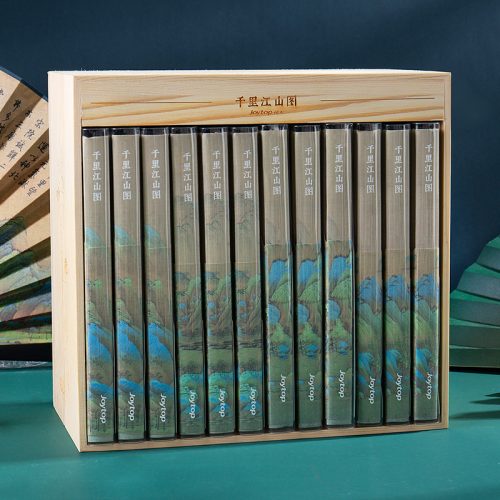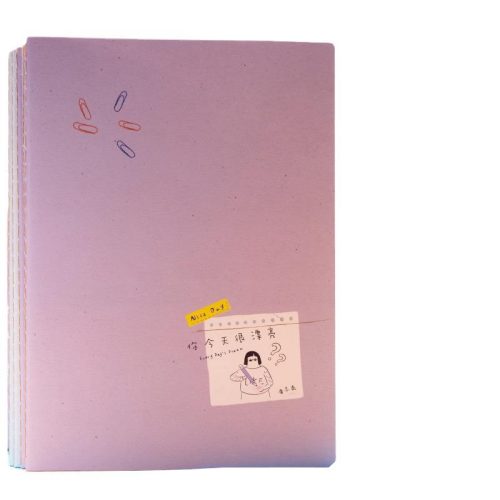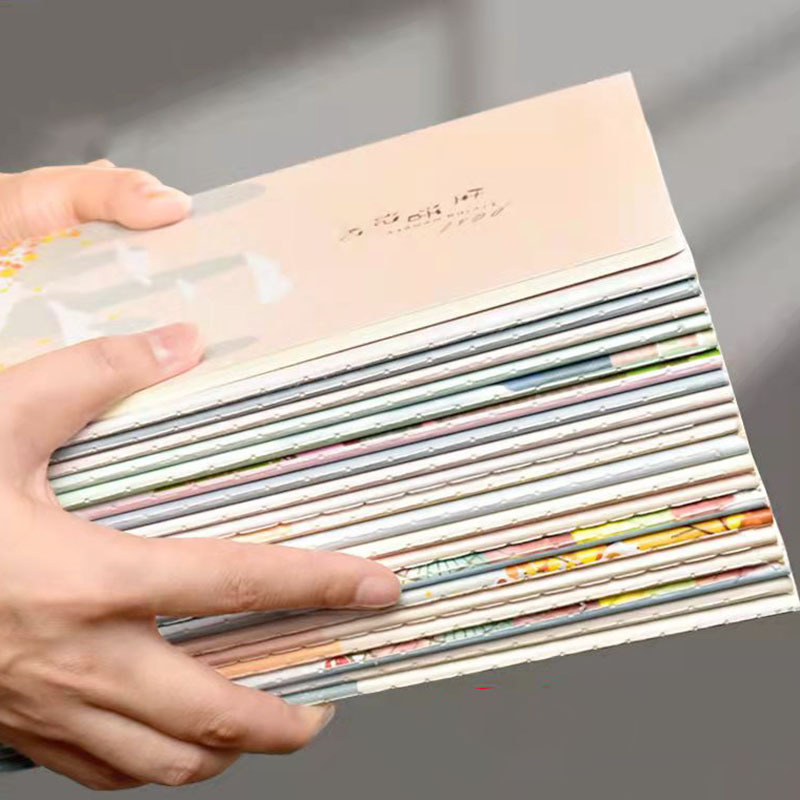The humble pencil is indeed a remarkable tool of creativity. Despite the advancements in digital technology and various sophisticated art mediums, the pencil continues to hold a special place in the hearts of artists, writers, designers, and creative thinkers. Here are some reasons why the pencil is celebrated as a tool of creativity:
- Versatility: Pencils come in various grades, from hard (H) to soft (B), allowing artists to create a wide range of tones and textures. They can be used for sketching, shading, hatching, and detailed drawings. The ability to create different effects with a single tool makes it versatile for various creative endeavors.
- Accessibility: Pencils are affordable and widely accessible. Almost anyone can afford a pencil and paper, making them an inclusive medium for people of all ages and backgrounds to explore their creative talents.
- Physical Connection: Unlike digital tools, using a pencil involves a physical connection between the artist’s hand and the medium. This tactile experience can enhance the creative process and provide a sense of intimacy with the artwork.
- No Batteries or Technical Issues: Pencils don’t require batteries or software updates. They are always ready to use and don’t suffer from technical glitches or compatibility issues.
- Instant Feedback: Pencils provide immediate feedback. Artists can see the results of their actions instantly, allowing for quick adjustments and experimentation.
- Portability: Pencils are compact and easy to carry, making them a convenient tool for artists and writers on the go. They don’t require power sources or special equipment.
- Erasability: The eraser on the end of a pencil allows for easy correction and refinement. This erasability encourages risk-taking and experimentation in the creative process.
- Nostalgia and Tradition: Pencils have a long history and are associated with tradition and nostalgia. Many renowned artists and writers have used pencils in their work, adding to the mystique of this humble tool.
- Simplicity: The simplicity of a pencil can be liberating. It doesn’t have the distractions or complexities of digital tools, allowing creators to focus solely on their ideas and expression.
- Environmental Friendliness: Pencils are typically made from sustainable materials, such as wood, and are biodegradable. They have a minimal environmental impact compared to some other art supplies.
In conclusion, the humble pencil has stood the test of time as a tool of creativity due to its versatility, accessibility, tactile nature, and the unique creative connection it offers. It continues to inspire artists and writers around the world, serving as a symbol of the enduring power of traditional tools in a digital age.



